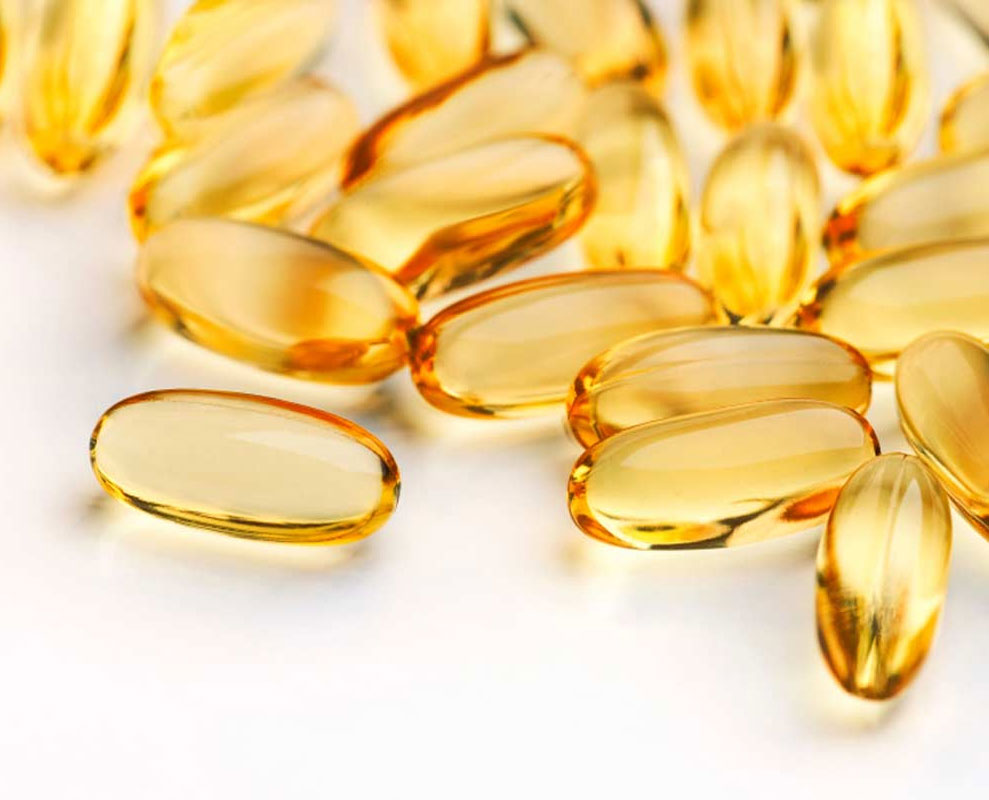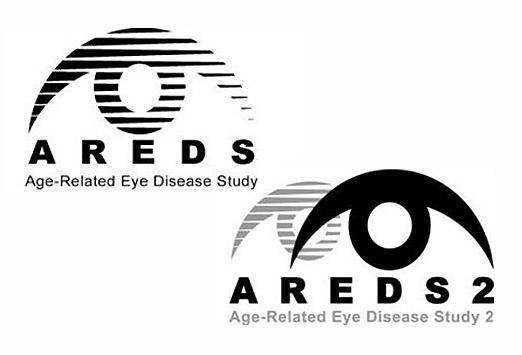
FloraGLO® Lutein, derived from Marigold flowers, is the quality, lutein ingredient brand used in a majority of clinical trials worldwide* and the lutein ingredient brand most recommended by doctors**.

Scientific studies have shown that FloraGLO will increase macular pigment optical density—an indicator of eye health and function. FloraGLO is reported to improve visual performance by reducing glare and increasing contrast sensitivity. FloraGLO is the lutein ingredient brand featured in the Second Age-Related Eye Disease Study (AREDS2) and in more than 50 other published trials.
Researchers choose FloraGLO for its proven eye health benefits. That's also why VisiVite has chosen to exclusively feature FloraGLO in our VisiVite AREDS 2 formulas.
FloraGLO is sourced from yellow marigolds and purified to crystalline lutein, the same lutein as found in the diet, through a patented extraction and purification process. FloraGLO has been the subject of non-objection letters from the United States Food and Drug Administration in response to Kemin notifications of its Generally Recognized As Safe (GRAS) status when used in certain food applications. In addition, FloraGLO is the lutein ingredient brand used in a majority of the studies confirming lutein's safety and benefits.
In choosing ingredients for our products, VisiVite selects only the highest quality ingredients backed by solid science. That's why VisiVite is proud to feature FloraGLO.
What is lutein?
Lutein is an essential nutrient found naturally in vegetables like spinach, kale, and corn. It's one important reason why we were always told to eat our vegetables at mealtime. In the body, lutein is selectively deposited in a number of areas, including the eye, where it has been shown to have healthy benefits. Over 250 published studies support that lutein is an essential eye nutrient.
How does Lutein work?
In the body, lutein acts as an antioxidant by helping to fight free radicals in the eye and protect and maintain healthy cells. Lutein found in the macula, the region of the eye responsible for central vision, is able to absorb harmful blue wavelengths of light, and thus may help to protect against the effects of light exposure and improve visual function.
How much lutein do I need?
Although there is no recommended daily intake for lutein, many of the studies that show a health benefit for lutein supplementation used doses of 10 mg a day or more. In fact, the National Eye Institute is presently conducting a large human clinical trial with participants receiving 10 mg of FloraGLO Lutein on a daily basis. However, the average American consumes only 1-2 mg of lutein per day from the diet alone. To help bridge the gap, a number of products are available from VisiVite that contain lutein. VisiVite only uses FloraGLO Lutein in our products, the most clinically researched* and #1 doctor recommended lutein ingredient brand.**
References
- Bone RA, et al. Vision Res 25: 1531-1535, 1985
- Seddon et al. (1994). JAMA, 272(18), 1413–1420
- Richer et al. (2004). Optometry, 75(4), 216–230.
- Chew, E. (2007). IND # 74,781, Version 5.1, 3 December 2007.
- Hata et al. J Invest Dermat. 2000;15:441-448
- Bernstein et al. Exp Eye Res. 2001;72:215-223.
- Bhosale P. et al. (2009). Biochemistry 48(22):4798-807.
- Stringham & Hammond (2008). Optometry and Vision Science 85(2), 82–88.
- Palombo et al. (2007). Skin Pharmacol Physiol. 20:199–210.
- CDC. National Health and Nutrition Examination Survey Data 2001-2002. http://www.cdc.gov/nchs/about/major/nhanes/nhanes01-02.htm
- Stringham and Hammond Optom Vis Sci 2008; 85: 82-88.
*Based on a review of a PubMed article search using "lutein" as a search word. http://www.ncbi.nlm.nih.gov/pubmed/
**Based on the results of the National Disease and Therapeutic Index syndicated report among physicians who recommend a dietary supplement with lutein for eye health – Aug. 2008-Aug. 2009 (USA data)
These statements have not been evaluated by the Food and Drug Administration. VisiVite products containing lutein are not intended to diagnose, treat, cure or prevent any disease.














